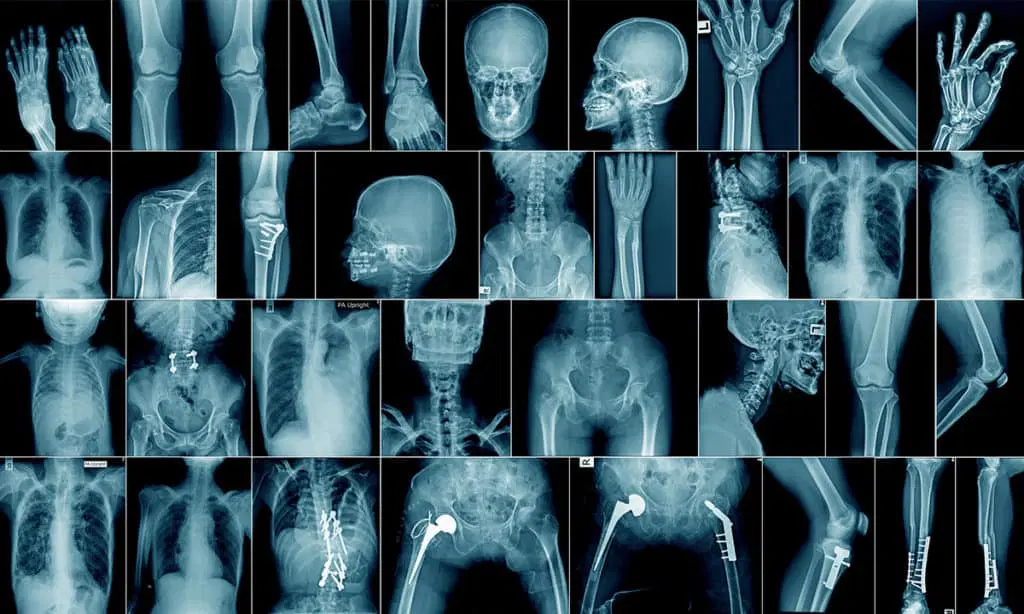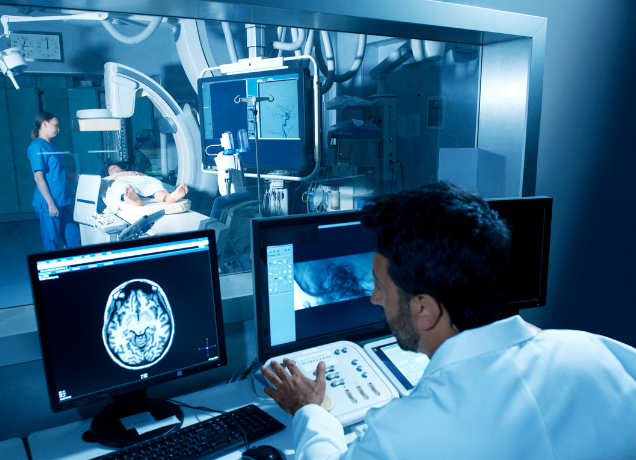
Radiology and radiography represent essential fields within medicine that utilize imaging technologies for the detection, diagnosis, and treatment of various diseases. At Reform Hospital, we understand that no single scan can identify all medical conditions; therefore, we utilize a diverse array of imaging technologies to assist in our evaluations.
Our dedicated team of radiographers and radiologists plays a crucial role in analyzing results and providing guidance to our patients regarding potential treatments. These professionals are vital in the interpretation of imaging technologies. In honor of World Radiology/Radiography Day, we would like to highlight several reasons why this scientific discipline is significant in the realm of healthcare.
What does a Radiographer do?
Radiographers are the professionals responsible for conducting the majority of diagnostic examinations. They possess specialized training that enables them to
operate advanced imaging technologies, including CT and MRI scanners, X-ray machines, and ultrasound devices.
Their duties regarding the equipment include ensuring that the images produced during scans are of high quality and suitable for diagnostic purposes.

Diagnostic Radiology: This represents the fundamental form of radiology, utilized to visualize internal structures within the body. The images obtained through diagnostic radiology assist physicians in understanding the underlying causes of the symptoms that patients may be experiencing. Ex- CT SCan, MRI, X-ray, Ultrasound
Interventional Radiology: Interventional radiology is a more complex field as it involves surgery guided by imaging techniques. Practitioners utilize the aforementioned imaging tools to assist in their procedures. A majority of interventional procedures prioritize minimally invasive methods.
Therapeutic Radiology: Radiation therapy, often categorized under this type of radiology, is primarily aimed at the treatment of cancer and other medical conditions through the application of radiation. Radiation therapy specialists employ a range of instruments to accurately identify the targeted area requiring treatment, and they utilize specialized shields to ensure that the radiation is precisely directed at the intended site.
Radiology plays a crucial role in modern healthcare, offering a range of benefits that significantly enhance diagnosis, treatment, and patient care. Here are five key reasons why radiology is essential in healthcare:
1. Accurate Diagnosis and Early Detection:- Radiology is instrumental in diagnosing a wide variety of medical conditions, often before symptoms become clinically evident. Imaging techniques such as X-rays, CT scans, MRIs, and ultrasounds allow healthcare providers to visualize the internal structures of the body with high precision. Early detection of conditions like tumors, fractures, infections, and cardiovascular diseases enables timely intervention, improving the chances of successful treatment and patient outcomes. For instance, mammograms can detect breast cancer at an early stage, significantly increasing survival rates.
2. Minimally Invasive Treatment Planning:- Radiology not only aids in diagnosis but also plays a key role in planning and guiding minimally invasive procedures. Techniques like interventional radiology utilize imaging (e.g., fluoroscopy, ultrasound, or CT) to guide procedures such as biopsies, stent placements, and catheter insertions. These procedures typically require small incisions and carry less risk than traditional surgery, leading to quicker recovery times, fewer complications, and reduced healthcare costs. This ability to perform interventions with precision directly improves patient outcomes and reduces the need for more invasive, costly treatments.
3. Monitoring Disease Progression and Treatment Effectiveness:- Radiology is critical for monitoring how diseases evolve over time and how well a patient is responding to treatment. Imaging studies are often repeated at various stages of treatment to track the progression or regression of conditions like cancer, heart disease, and neurological disorders. For example, follow-up CT or MRI scans can show whether a tumor has shrunk in response to chemotherapy or whether a stroke patient is showing signs of recovery. This ongoing assessment helps healthcare providers adjust treatment plans accordingly, optimizing patient care and resource use.
4. Prevention and Risk Assessment:- Radiology contributes to preventive healthcare by identifying risk factors for serious health issues before they become symptomatic. For instance, imaging techniques like coronary calcium scoring through CT scans can assess the risk of cardiovascular disease, while MRI screenings may detect early signs of neurodegenerative diseases such as Alzheimer’s. Early identification of these risks allows for preventative measures, lifestyle changes, or medications that can significantly reduce the likelihood of developing serious conditions, ultimately improving long-term health outcomes.